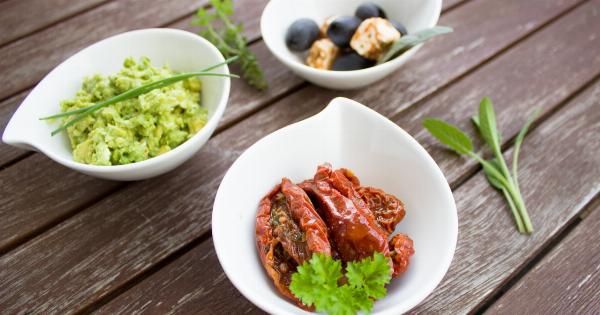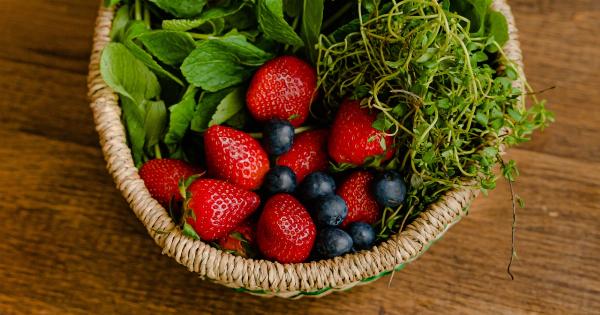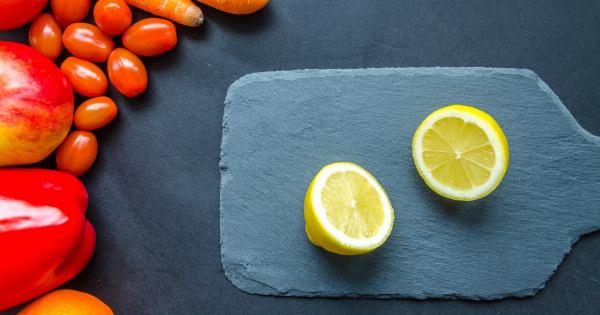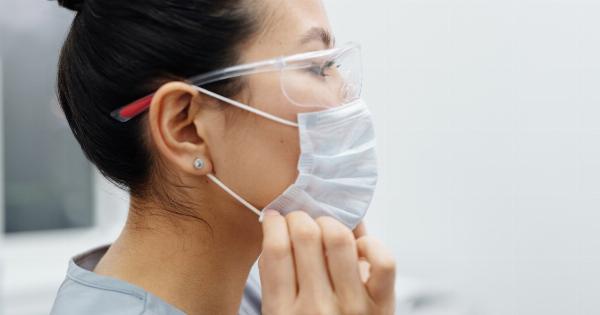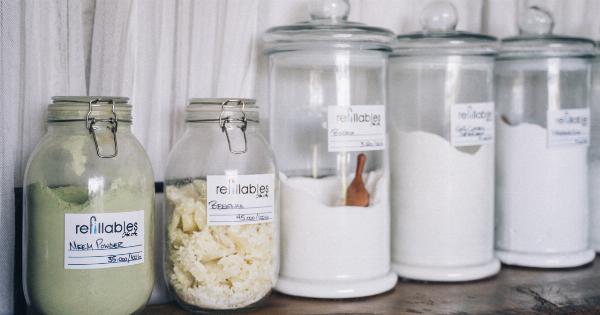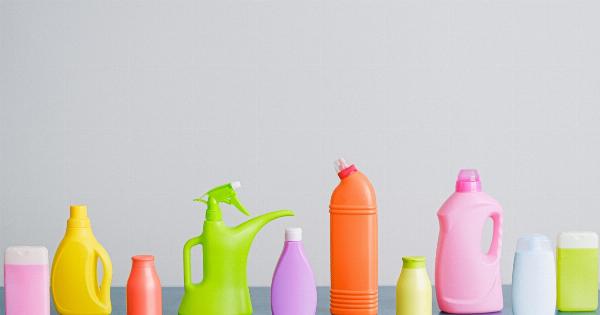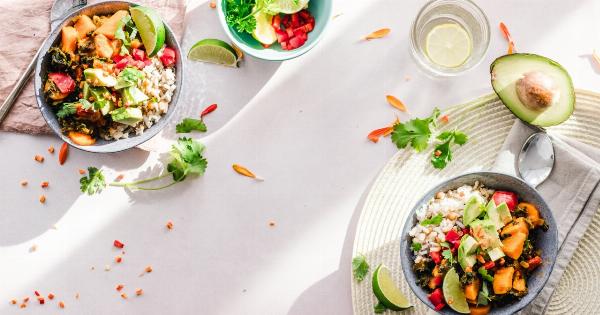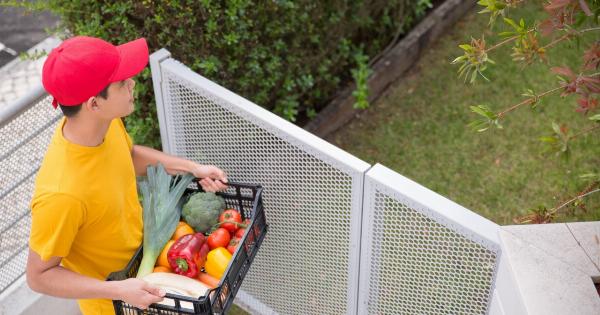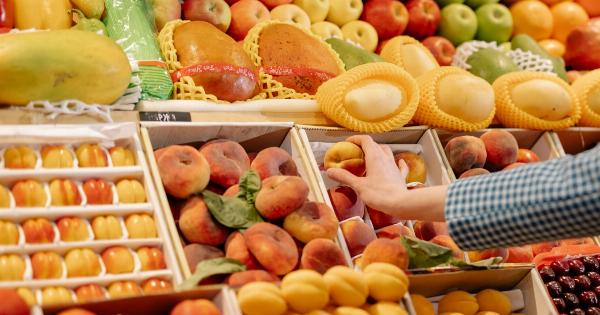Fruits and vegetables are an essential part of a healthy diet. However, they can harbor harmful chemicals and bacteria that can pose a risk to our health. It is crucial to properly clean them before consuming to ensure their safety.
In this article, we will discuss various methods to safely clean fruits and vegetables, removing any potential threats.
Why should you clean fruits and vegetables?
Before diving into the cleaning methods, it is important to understand why cleaning fruits and vegetables is necessary. Fruits and vegetables may come into contact with various contaminants during their growth, production, and transportation processes.
These contaminants can include pesticides, herbicides, fertilizers, and even harmful bacteria like E. coli and Salmonella. By consuming unwashed produce, you are putting yourself at risk of ingesting these harmful substances, which can lead to foodborne illnesses, digestive issues, and other potential health problems.
Method 1: Water Rinse
The basic method of cleaning fruits and vegetables is a simple water rinse. This method can remove some surface-level dirt, debris, and certain pesticide residues. Follow these steps:.
- Remove any obvious dirt or debris by gently rubbing the produce under running water.
- Fill a clean bowl or basin with cold water.
- Place the produce in the water and swirl it around gently.
- Let it sit for a few minutes.
- Remove the produce from the water and rinse it again under running water.
While this method is effective for removing some contaminants, it may not be sufficient for pesticide residues that have penetrated the skin of the produce.
Method 2: Vinegar Solution
Using a vinegar solution can help remove more stubborn pesticide residues and kill some bacteria. Here’s how to do it:.
- Mix 1 part white vinegar with 3 parts water in a large bowl or basin.
- Place the produce in the solution and let it soak for 15-20 minutes.
- Gently scrub the produce with a vegetable brush to remove any remaining dirt or pesticide residues.
- Rinse the produce thoroughly under running water.
Using vinegar can help break down the surface waxes and remove certain pesticide residues, making it an effective cleaning method.
Method 3: Saltwater Solution
A saltwater solution is another effective way to clean fruits and vegetables. This method can help remove bacteria and certain chemical residues. Follow these steps:.
- Dissolve 1 teaspoon of salt in 4 cups of water.
- Place the produce in the solution and let it sit for 5-10 minutes.
- Gently scrub the produce with a vegetable brush to remove any dirt or residue.
- Rinse the produce thoroughly under running water.
The saltwater solution helps in killing bacteria and can remove some surface-level contaminants.
Method 4: Commercial Fruit and Vegetable Wash
There are several commercially available fruit and vegetable washes that are specifically designed to remove pesticides, wax, and other residues. When using these washes, follow the instructions provided on the product. Generally, the steps involve:.
- Diluting the product with water as instructed.
- Soaking the produce in the solution for the recommended amount of time.
- Gently scrubbing the produce to remove any remaining dirt or residue.
- Rinsing the produce thoroughly under running water.
These commercially available washes can provide an extra layer of assurance when it comes to removing potential contaminants from your produce.
Method 5: Steam Cleaning
Steam cleaning is an effective method for killing bacteria and some parasites, especially on leafy greens. Here’s how to do it:.
- Fill a large pot with a couple of inches of water
- Bring the water to a boil.
- Place a steamer basket or colander with the produce on top of the pot.
- Cover the pot with a lid and steam the produce for 2-3 minutes.
- Remove the produce carefully and let it cool.
Steam cleaning can help reduce microbial contamination on the surface of the produce, making it safer to consume.
Method 6: Peeling and Trimming
Some produce, like carrots, potatoes, and apples, can be peeled to remove pesticide residues and bacteria. Peeling removes a significant portion of contaminants present on the surface.
However, do keep in mind that some nutrients are located just below the skin, so peeling may result in some nutrient loss.
Additionally, trimming the outer leaves of vegetables such as lettuce can also help eliminate any potential contaminants.
Method 7: Store-bought Organic Produce
Choosing organic produce can reduce your exposure to harmful chemicals, as organic farming practices avoid the use of synthetic pesticides and fertilizers.
However, even organic produce can benefit from a thorough rinse to remove dirt and other particles.
Method 8: Handling and Storage Tips
Proper handling and storage of fruits and vegetables can also contribute to their overall safety. Here are some tips:.
- Always wash your hands thoroughly with soap and water before handling produce.
- Store different types of produce separately to avoid cross-contamination.
- Regularly clean and sanitize cutting boards, knives, and other utensils used for cutting produce.
- Consume produce before its expiration date and discard any moldy or spoiled pieces.
Following these guidelines will help maintain the cleanliness and safety of your fruits and vegetables.
Conclusion
Properly cleaning fruits and vegetables is essential to remove harmful chemicals and bacteria. By following the methods mentioned above, you can ensure that your produce is clean and safe to consume.
Remember to choose the cleaning method that best suits the type of produce you have. Incorporating these practices into your routine will help reduce the risk of potential health concerns.



